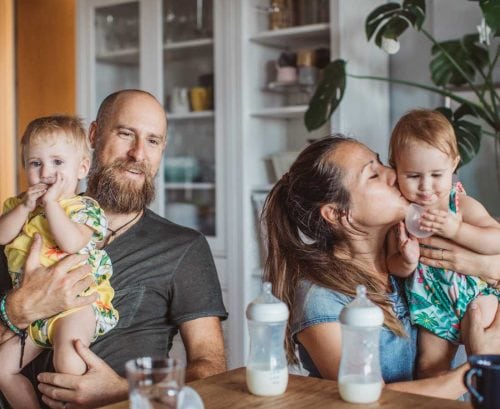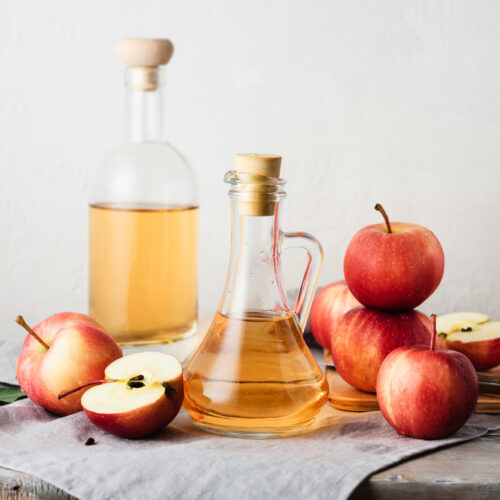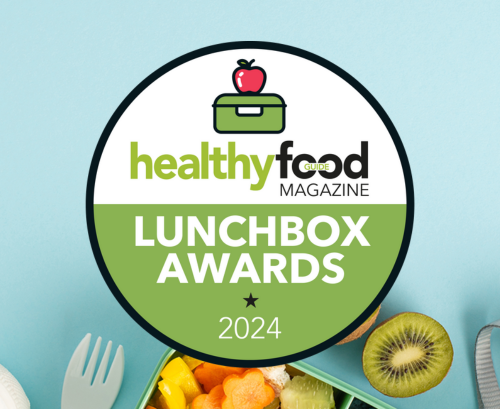
Using plastic bottles to feed infants can contaminate their milk or formula with, potentially, millions of ingestible microplastics, according to new research.
Microplastic and nanoplastic particles are released during the normal bottle sterilisation and formula preparation processes, which involve high temperatures, Trinity College, Ireland researchers say.
World Health Organization data show drinking water already exposes us to some microplastics, but the amount shed by polypropylene baby bottles is significantly higher, according to the paper published in the Nature Food journal.
Plastic bottle use is widespread
“Polypropylene (PP) is one of the most commonly produced plastics in the world for food preparation and storage. It is used to make everyday items such as lunch boxes, kettles and infant-feeding bottles (IFBs). Despite its widespread use the capacity of PP to release microplastics was not appreciated until now,” a press release from the college says.
Plastic bottles, or bottles with plastic parts, make up approximately 82 per cent of the world market, with the balance dominated by glass bottles.
Health impacts unknown
Rather than alarming parents, the research findings can provide ways to mitigate infants’ microplastic consumption, according to Trinity College School of Chemistry professor John Boland.
“When we saw these results in the lab we recognised immediately the potential impact they might have. The last thing we want is to unduly alarm parents, particularly when we don’t have sufficient information on the potential consequences of microplastics on infant health,” Professor Boland says.
“We are calling on policy makers, however, to reassess the current guidelines for formula preparation when using plastic infant feeding bottles. Crucially, we have found that it is possible to mitigate the risk of ingesting microplastics by changing practices around sterilisation and formula preparation.”
Ways to reduce microplastic consumption
The researchers say microplastic exposure from plastic feeding bottles can be reduced by using the following bottle sterilisation and formula preparation procedures:
Sterilising infant feeding bottles
- Sterilise the bottle following WHO recommended guidelines and allow to cool
- Prepare sterilised water by boiling in a non-plastic kettle/cooker (e,g, glass or stainless steel)
- Rinse the sterilised bottle using room temperature sterilised water at least three times.
Preparing infant formula
- Prepare hot water using a non-plastic kettle/cooker
- Prepare infant formula in a non-plastic container using at least 70 °C water. Cool to room temperature and transfer prepared formula into a high-quality plastic infant feeding bottle.
Standard precautions
- Do not reheat prepared formula in plastic containers and avoid microwave ovens
- Do not vigorously shake the formula in the bottle at any time
- Do not use sonication to clean plastic infant feeding bottles.
Article sources and references
- Jing Jing Wang, et al. Microplastic release from the degradation of polypropylene feeding bottles during infant formula preparation. Nat Food (2020). https://doi.org/10.1038/s43016-020-00171-yhttps://www.nature.com/articles/s43016-020-00171-y
- High levels of microplastics released from infant feeding bottles during formula prep. Science Daily, accessed 22 October 2020https://www.sciencedaily.com/releases/2020/10/201020190131.htm
www.healthyfood.com










